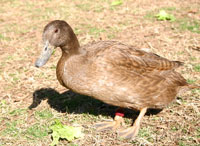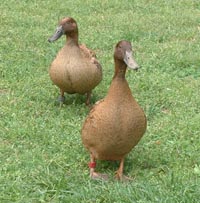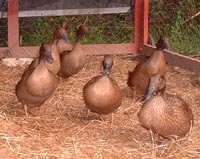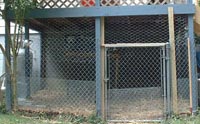For several years, since we were first married, Kathy and I planned a future in which we would buy more land where we could have big gardens, livestock, pasture, barns, a workshop, and a bigger house. At one time, we thought we would be there by now, but we are still working on it. For the time being, we have a house that is small but nice enough and an acre and a half of land, most of which is wooded, in a suburban neighborhood.
As we progressed from a two-bedroom apartment to a tiny rented house to our present home, we’ve picked up homesteading skills. Kathy has expanded the garden year by year, growing small quantities of a large variety of crops, learning to grow them better, discovering what she enjoys and is good at growing. Now we have three good-sized raised beds, two small plots in the process of being sheet-composted, a pair of potato bins, and a pile of logs we hope will grow shitake mushrooms. I call it the experimental garden. She has the lettuce, greens, herbs, beans, and peppers down; this year she’s trying to expand her mastery of tomatoes.
When I was still in college, I made apple butter for my friends for Christmas presents, mostly, I guess, to see if I could. My girlfriend thought I was nuts: nobody makes their own apple butter, she told me, so I dumped her, went to graduate school and met Kathy. Each year I added varieties to the rotation, and now I make all of the jam, jelly, marmalade, pickles, catsup, and sauerkraut that we eat, and also can fruits for winter pies.
My woodworking began by accident. Before Kathy and I were married, her roommate moved out and took their coffee table, and she needed to buy a new one. We were disgusted with the quality of the tables we found in her price range, and I remarked that I could build one better than that! So I did, after re-inventing the dado and dowel joints and swearing in many (I’m sure) fascinating ways at my countless mistakes. For a first effort with cheap tools it wasn’t bad, but with better tools, more shop space, and a lot of practice I’ve gotten much better. I’ve now built much of the furniture in our house, including a set of cherry side and coffee tables to replace my first effort.
We have a few other homesteader’s habits, too: brewing beer, knitting, making curtains. We cook everything from scratch; this has become a matter of principle now. I don’t think either of us ever wants to produce all our own food, but it is interesting, and rewarding, to add one activity at a time.
But there are limits to what we can do in a backyard, and as the "homestead" kept getting pushed further into the future, we started growing frustrated. The problem with dreams deferred is that they can quietly become dreams forgotten: you have to keep moving toward what you want, even if by baby steps. And I felt that we were stalled.
Then, a year ago, in a fit of mild insanity, we got a flock of seven ducks. They live under our second-story deck at night and in a portable grazing pen during the day, and they lay eggs for us. We simply decided that we were tired of waiting for our homestead, and that there was no reason we couldn’t have at least a halfway homestead while we waited.
It was as if a dam burst. Now we’ve refinanced our house and committed to staying here at least another five years, while we save money and decide what exactly we want. We’re going to clear about 2500 square feet of woods by the street and use the space for more gardens and a second shed so I can have a dedicated woodshop. Kathy is working hard at growing mushrooms; if she succeeds, we’ll be eating little else this fall but mushroom omelets. We still don’t have room for llamas, so it isn’t a permanent solution. We’ll keep working on that. In the meantime, we’ll have our halfway homestead.
After all, every homestead is a halfway homestead. No real homestead ever quite lives up to the dream; life is a compromise between ideal and necessity. We can never be or do everything we’d like — but that fact doesn’t absolve us of the responsibility to try. So we try, every day, and we move forward by baby steps. And ten years, twenty years, a lifetime of baby steps adds up.
Too many of us who want change in the world envision the world we’d like to live in but never figure out how to get there from here. It is daunting to think about a divide so great, so I advise trying not to think about it. Keep the end in mind, but focus on the small things you can do rather than the big things you can’t.
And so the halfway homestead is our answer to the question What can we do right here, right now? It’s about putting down roots where we are, rather than holding back until we’re where we think we’d like to be. It’s about taking the scenic route, enjoying the ride, and holding open the possibility that we might find a better destination than the one we had in mind.




